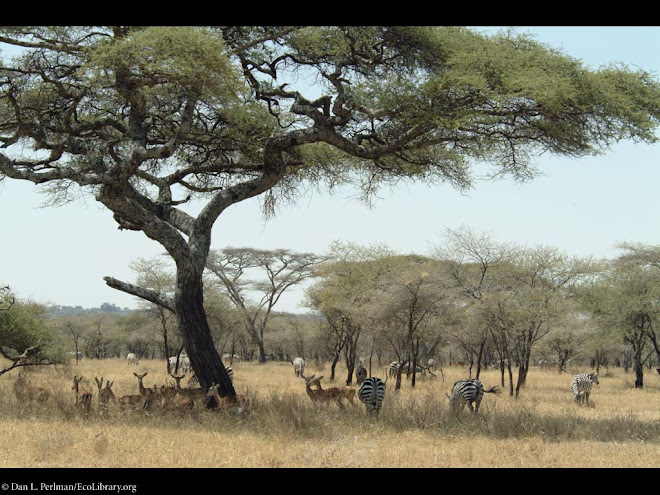Money Discussion
The currency in Tanzania that is used is the Tanzanian shilling. As of today, the exchange rate is 1,358.16 Tanzanian Shillings equal 1 dollar. Tanzania is operated by a central bank that is called the Bank of Tanzania. In 1995, the Tanzania government thought that too many responsibilities were put on the central bank so its only primary goal was to regulate monetary policy (Kilindo, A.A.L.). This was done because the bank got too involved and tried to give more policy decisions which the public was not pleased to. The government issued a law in 1995 revoking the Central Bank’s rights and allowed them to focus and monetary policy and setting confidence in the banking system. The inflation rate reached its peak in the 1980’s with a 40% inflation rate (National Bureau of Statistics of Tanzania). In that type of economic climate, the shilling was not a good store of value, medium of exchange, or unit of account. It was not a good store of value because as inflation increased the price level, the value of money declined so it wasn’t a good store of value compared to other foreign currencies. Yet recently in the 2000’s the inflation rate has stabilized to 10.3 percent because steps taken by the central bank to improve monetary aggregates and open new commercial banks in the region. This was backed by increasing privatization investment in the banking system. Privatization included different new companies opening up individual banks creating more credit available in the monetary system (Kilindo, A.A.L.). Interest rates and lending rates have been kept stable with the inflation rate so unexpected inflation has not occurred. Interest rates have been kept stable through keeping people demanding less money also known as less money demand. The Central Bank tried to keep the price level down by keeping the money supply fixed and stabilizing the money market. This is one of the reasons why money demand is sloped downwards. The Central Bank urged people to keep money in the banks to gain interest off their money. This incentive led to increased investment at lower interest rates.
Wednesday, December 9, 2009
Subscribe to:
Post Comments (Atom)


The fact that there was a drastic change in your countries inflation rate from the 1908's to now is very interesting. It seems that there must have been a combination of political stability and economic development to lower this rate. I agree that it would definitely be a poor store of value when inflation rates were so high. Very interesting section about the changes in the money of Tanzania.
ReplyDelete